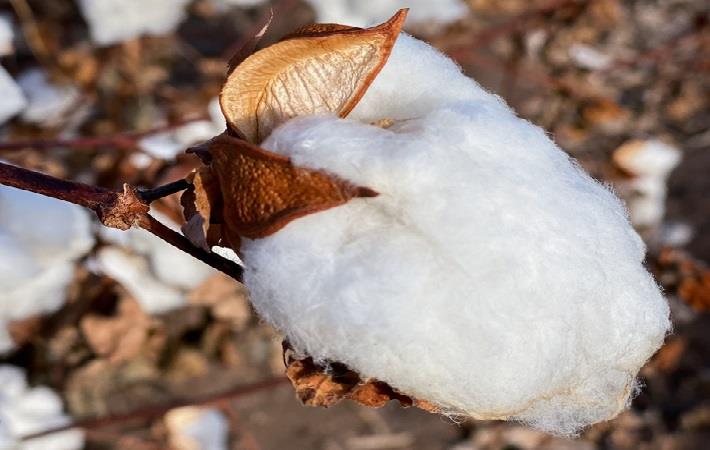
India imports ELS cotton, especially Giza cotton from Egypt and Supima cotton from the US, to the tune of 10 to 12 lakhs bales per year to meet the demands of the global customers and also the value added made-ups and apparel segments of the domestic market.
"The imposition of customs duty on import of cotton would directly influence and increase the domestic cotton prices and would be a challenging time across the entire value addition chain. The 10 per cent duty on raw cotton shall make imports of ELS cotton costly and thereby perhaps an increase in price or reduced supply of these items," Rajendra Agarwal, managing director, Donear Industries Ltd, told Fibre2Fashion.
Agreeing with him, RS Jalan, managing director of GHCL Ltd, said the increase in duty on imported cotton is "quite a dampener for the textile industry. I would have rather suggested a greater focus on increasing exports of value-added products for natural textiles along with manmade textiles."
There is also an apprehension that the latest step will contribute to the shoot-up of domestic cotton prices. This might result in weakening the competitiveness and sustainability of cotton textile and export, according to Ashok Juneja, national president, The Textile Association (India).
He, however, also shares a different viewpoint. "The levy of 10 per cent duty will not benefit cotton farmers as the normal import of 12 to 14 lakh bales per year accounts for only around 3 per cent of Indian cotton production and consumption and that also for such cotton (ELS cotton) which is not produced in India. No doubt, the import of cotton by Indian spinners is expected to decline by this measure."
Gaurav Davda, head-Corporate Affairs and Strategic Initiatives, Jindal Worldwide Ltd, feels the measure will "incentivise local production and lead to optimal utilisation of raw materials. This will also help in rationalisation of input costs."
Fibre2Fashion News Desk (RKS)